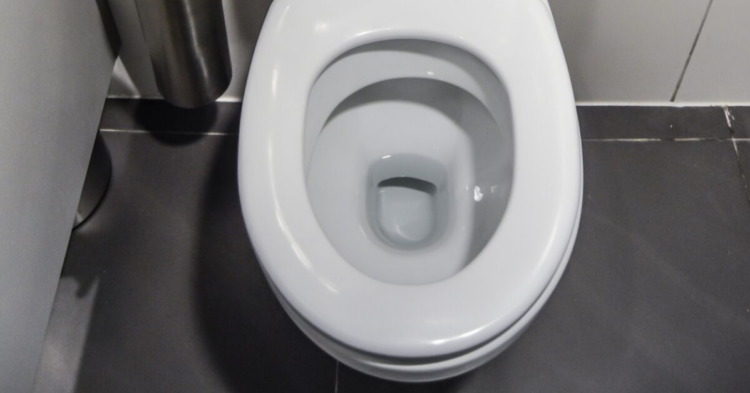It’s undeniable that seas around the globe are on the rise, putting countless lives and a considerable amount of property at risk. A U.N. report released this week shows that sea levels are rising even faster than projected; unless carbon emissions are curbed, the oceans are now projected to rise more than three feet by 2100. The U.S. Army Corps of Engineers is predicting at least 15 inches of sea level rise by 2050, Newsweek reported.
In the U.S., it will also cause an unexpected difficulty with about 1 in 5 homes — and specifically, with the toilets, KTLA reports.
Just imagine strolling through sunny Miami and finding yourself ankle-deep in stinky, dirty water before you even hit the beach.
It’s not that far-fetched a scenario, and it’s an absolute nightmare for Miami officials: human waste floating along the streets for tourists to wade through.
About 60 million Americans are on septic systems, and climate change will wreak havoc on them. Twelve percent of the nation’s septic systems, about 2.6 million of them, are in Florida.
Miami, which is one of the areas most vulnerable to climate change and is seeing some shocking flooding during king tides, without rainfall, has about 105,000 septic systems, and they’re still building new ones.
Septic systems need unsaturated soil around them to work and filter contamination out properly.
With heavy rains and rising sea levels in low-lying areas, those septic systems aren’t going to have the unsaturated soil they need.
The opposite is also true — areas that are too dry and are only getting drier due to climate change have trouble getting the levels of water they need to keep septic systems running.
Unfortunately, there’s no easy or quick fix to the situation.
That’s where that nightmare scenario comes in.
“When we are talking about flooding, we are talking about walking around in sewage, it’s bacterial infested sewage,” Miami-area developer Marcelo Fernandes told KTLA . “This is not a third-world country, this is Miami. This shouldn’t happen.”
Bear in mind, this is an area that has been preparing for rising sea levels for three decades.
“This water management system is probably one of the most complex anywhere in the world,” said Doug Yoder, deputy director of Miami-Dade’s Water and Sewer Department. “As sea level rises, which it is clearly doing, it is going to affect our ability to both protect our drinking water supply and protect the built environment.”
Preparations are continuing all the same.
As Rebeca Sosa, Miami-Dade County Commission’s vice chairwoman told KTLA , “Sea level rise is not a registered voter. It doesn’t have a party. It’s something that’s going to affect everyone. Our job right now is to make sure that we make the state and the federal government understand…that we need help, so we can help those who are not going to be able to pay to have sewer lines.”
Sosa commissioned a report on the effect of climate change on her constituents, which showed that 64% of the septic tanks in Miami-Dade could break in the next 25 years. She’s trying to get the county to stop building new septic systems, as well as phasing out the existing systems.
Some counties and their residents are already facing increased costs of replacing their septic systems in advance of sea levels rising.
Connecting to the sewer costs between $15,000 and $50,000, and that’s just the homeowners’ share. According to Sosa’s reports, fixing up the infrastructure that’s already in place will cost more than $3.3 billion, and that’s not counting tearing up streets and increasing capacity.
And, with many areas too far from existing sewers for homeowners to connect to, options are even more limited.
Time is of the essence, too. The report states that 1,000 septic systems in the county are already failing.
So Sosa and county officials are feeling the pressure. “We don’t need people saying, ‘We don’t go to Miami-Dade County, because look at the problems they have with the sewer system. Look at the contamination we have with the drinking water,” Sosa says. “It’s of incredible importance. The drinking water and the safety and health of the people, that has no price.”
What they do to address the issue bears watching, especially for those 60 million Americans who have their own septic systems.

















































